Intellectual Property Agreement


Intellectual property is a category of property that includes intangible creations of the human intellect, and primarily encompasses copyrights, patents, and trademarks. It also includes other types of rights, such as trade secrets, publicity rights, moral rights, and rights against unfair competition.
The main purpose of intellectual property law is to encourage the creation of a large variety of intellectual goods. To achieve this, the law gives people and businesses property rights to the information and intellectual goods they create – usually for a limited period of time. This gives economic incentive for their creation because it allows people to profit from the information and intellectual goods they create.
The most common types of intellectual property agreements are trademark, copyright, patent, and design licensing agreements. For intellectual property agreements relating to the sale and purchase of these intellectual property rights, please refer to the assignment agreements. For the creation of intellectual property rights, please refer to the section on "Trademark / Design / Patent Application".
A trademark, trademark, or trademark is a recognisable sign, design, or expression which identifies products or services of a particular source from those of others, trademarks used to identify services can also be called service marks. A trademark may be located on a package, a label, a voucher, or on the product itself. For the sake of corporate identity, trademarks are often displayed on company buildings.
Trademarks are most commonly licensed in relation to a franchise business, where a trademark licensing agreement is required (or it could be included as part of the franchise agreement). Please refer to the section on "Franchise".
A patent gives its owner the right to exclude others from making, using, selling, and importing an invention for a limited period of time, usually twenty years. Patents protect technical innovations. An invention that is new involves an inventive step, is susceptible to industrial application, and is patentable if it does not belong to the excluded classes of inventions. The patent system encourages the development of new technology by granting a patent for an invention which gives the patent owner the right to exclude others from using the invention in a jurisdiction for a limited period. In exchange, the patent owner is required to make full disclosure of the invention. In some industries patents are an essential form of competitive advantage; in others they are irrelevant.
Like the other types of intellectual property rights, patent protection granted in the jurisdiction is territorial. In other words, patents granted in one jurisdiction can only be enforceable in that jurisdiction. The patent system is separate from the other patent systems elsewhere in the world and patents granted in one jurisdiction do not automatically enjoy protection in another jurisdiction.
Copyright is a legal right, existing in many countries, that grants the creator of an original work exclusive rights to determine whether, and under what conditions, this original work may be used by others for a limited time. The exclusive rights are not absolute but limited by limitations and exceptions to copyright law, including fair use. A major limitation on copyright on ideas is that copyright protects only the original expression of ideas, and not the underlying ideas themselves. Copyright provides protection for recognised categories of original literary, dramatic, musical, and artistic works, as well as for sound recordings, films, broadcasts and cable programmes, and works that are made available to the public on the Internet.
In many jurisdictions, copyright law protects not only underlying works but also the typographical arrangements of the published editions of literary, dramatic, and musical works. Performers’ rights in their performances are also protected by the law. There are generally no formalities required to obtain copyright protection for works. Works of authors from any place in the world, or works first published anywhere in the world, qualify for copyright protection in any jurisdiction.
Copyright law gives copyright owners certain exclusive rights to -
Different types of copyright works have their respective copyright duration. Please see below for reference:
|
Copyrights |
Basic Duration Period |
|
Original literary, dramatic, artistic, and musical works |
50 years after the death of the author of the work |
|
Sound recordings |
50 years after production/release |
|
Broadcasts, cable programs |
50 years after the broadcast |
|
Films |
50 years after the death of the following:-
|
|
Typographical arrangement of published editions |
25 years after its first publication |
The author of a copyright literary, dramatic, musical, or artistic work, and the director of a copyright film, subject to certain conditions and exceptions, enjoy moral rights. These are the right to be identified as the author or director, and the right to object to derogatory treatment of the work or film that amounts to a distortion or mutilation or is otherwise prejudicial to the honour or reputation of the author or director.
Registered Designs are the appearance, physical shape, configuration (or how different parts of a design are arranged together), and decoration that is applied to an article by an industrial process. A registered design owner has the exclusive right to make for sale or for use for the purpose of trade or business, or sell, etc. any article in respect of which the design is registered and to which that design or a design is not substantially different from it has been applied. They can give the owner the exclusive right to prevent others from using it for up to 25 years - subject to renewal every 5 years (depending on the jurisdiction).
A trade secret is an information that
In international law, these three factors define a trade secret under article 39 of the Agreement on Trade-Related Aspects of Intellectual Property Rights, commonly referred to as the TRIPS Agreement.
As a company can protect its confidential information through NDA, work-for-hire, and non-compete contracts with its stakeholders (within the constraints of employment law, including only restraint that is reasonable in geographic- and time-scope), these protective contractual measures effectively create a perpetual monopoly on secret information that does not expire as would a patent or copyright. The lack of formal protection associated with registered intellectual property rights, however, means that a third party not bound by a signed agreement is not prevented from independently duplicating and using the secret information once it is discovered, such as through reverse engineering.

19 Oct 2023
5 min read
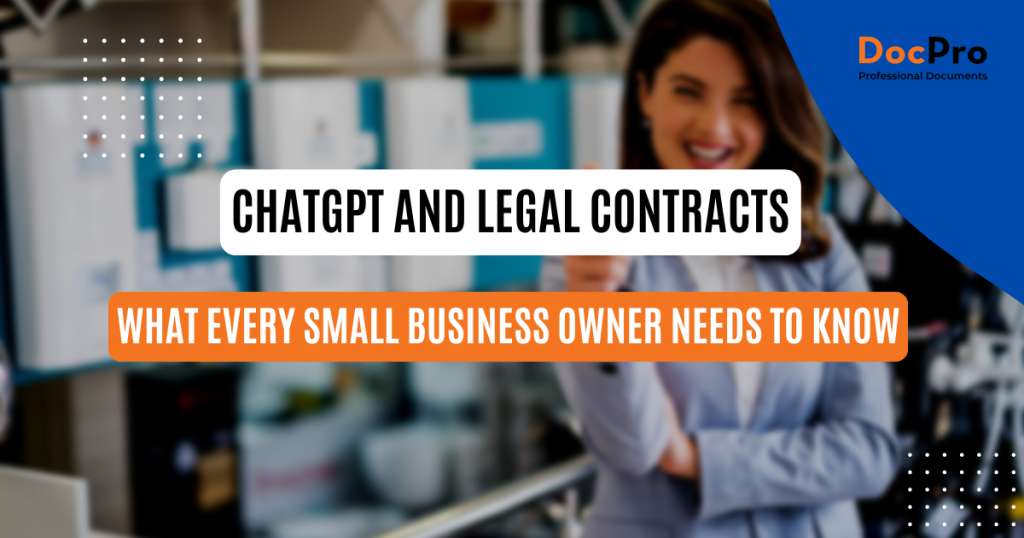
21 Feb 2023
5 min read

27 Oct 2022
4 min read

2 Sep 2022
5 min read
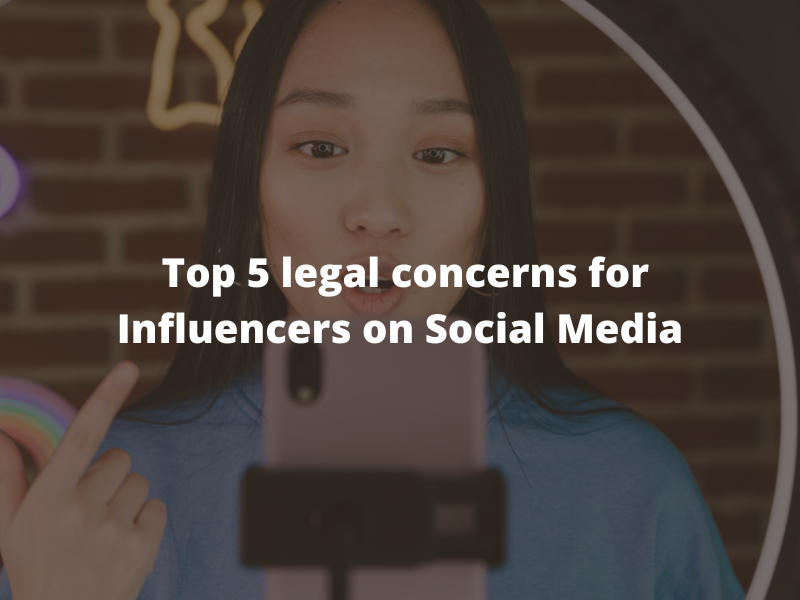
17 Aug 2022
5 min read

25 Apr 2022
5 min read

7 Oct 2021
12 min read

16 Sep 2021
4 min read

13 Jul 2021
5 min read
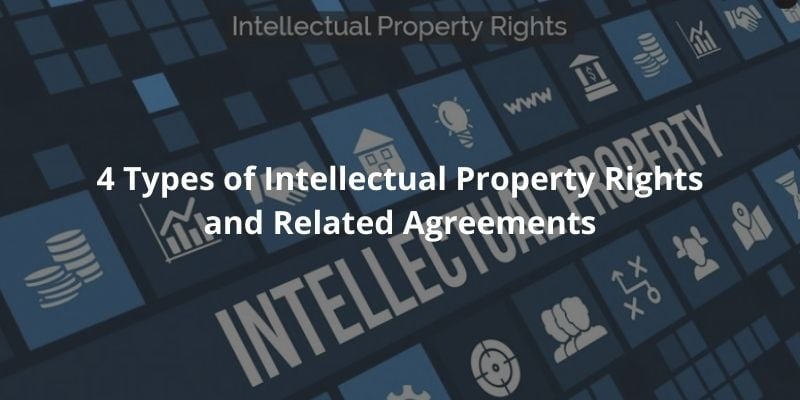
28 May 2020
13 min read

1 Mar 2020
11 min read
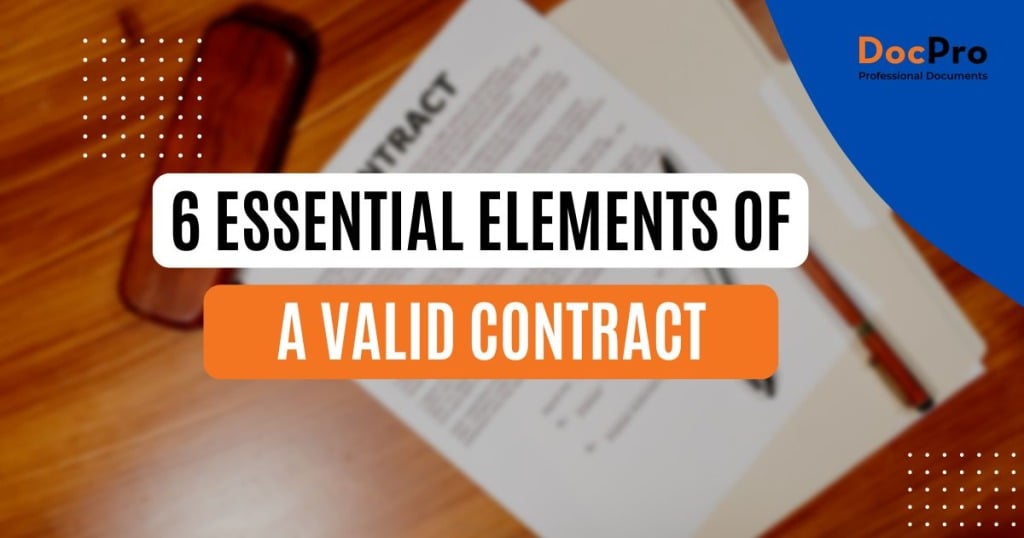
10 Dec 2019
8 min read




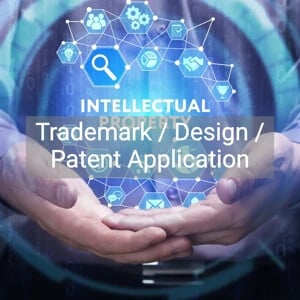

Not the right document?
Don’t worry, we have thousands of documents for you to choose from: